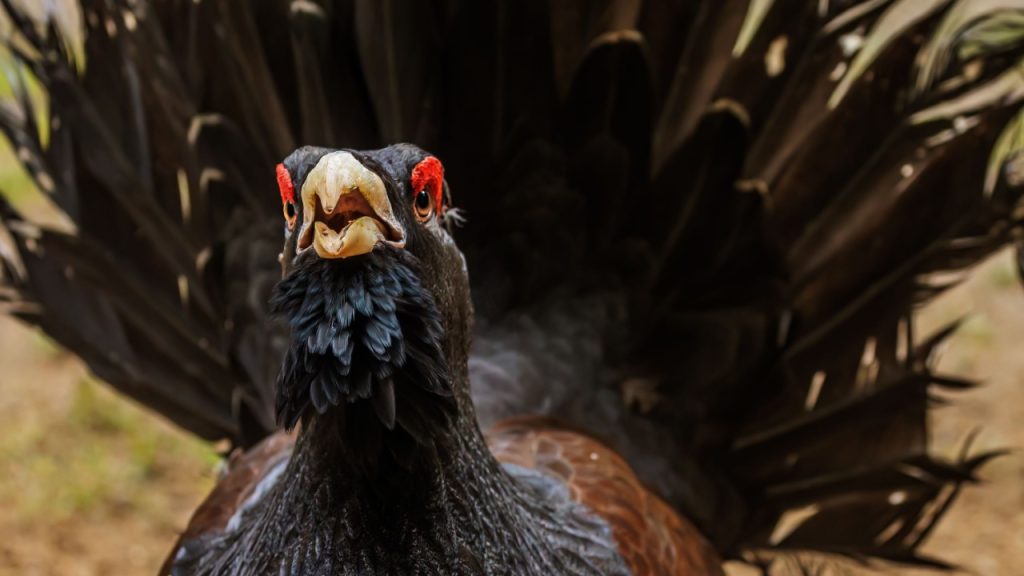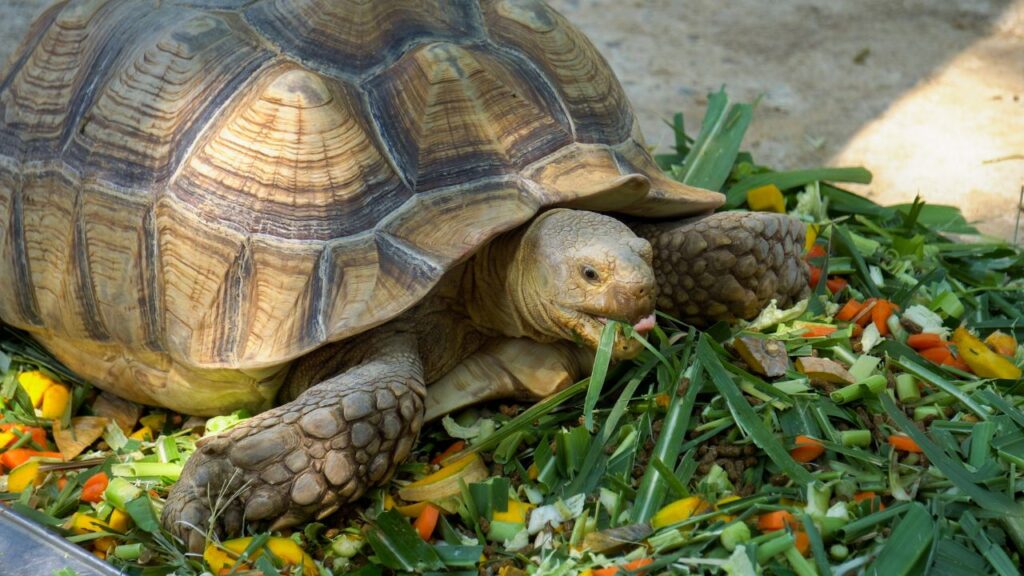It’s true that here in the UK, we don’t have elephants, tigers, kangaroos, or bears roaming the countryside, but we do have some remarkable wildlife, nonetheless. We wiped out many species that shared our island – bears, wolves, and wildcats, for example. And sadly, many of our remaining species are also under threat, whether that’s from human activity and habitat loss or predation or competition from invasive species. As habitats shrink and environmental pressures mount, some of our most beloved native species are struggling to survive. I do what I can for our native wildlife, but we can all do a little more.
Red Squirrel
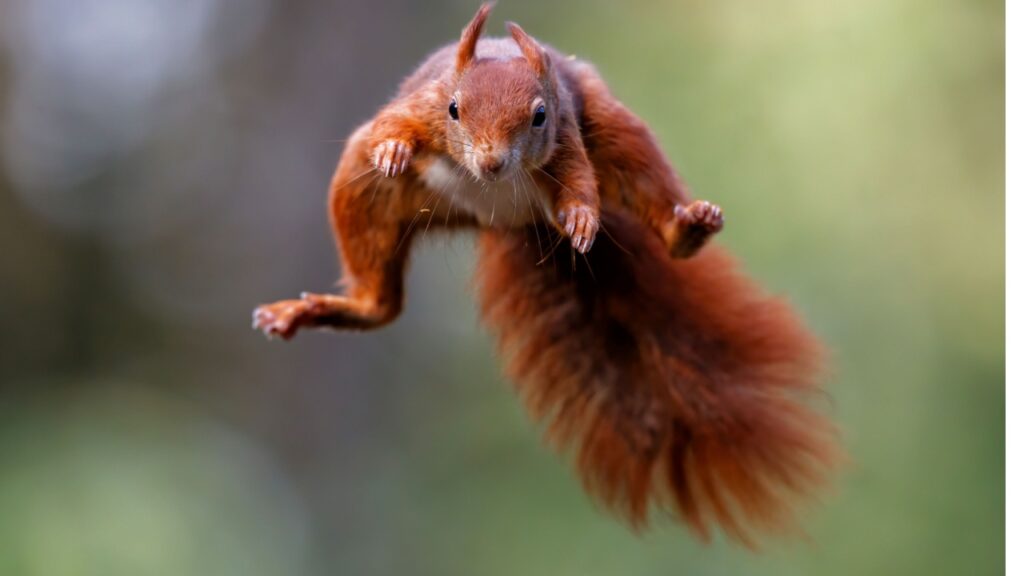
The red squirrel, with its tufted ears and bushy tail, is a beloved icon of British wildlife. Once common throughout the UK, these agile climbers now face a serious threat from the introduced grey squirrel. Competition for food and habitat, along with a deadly virus carried by grey squirrels, has caused red squirrel numbers to plummet. Today, they’re mainly found in Scotland and parts of northern England, with conservation efforts underway to protect their remaining populations.
Scottish Wildcat
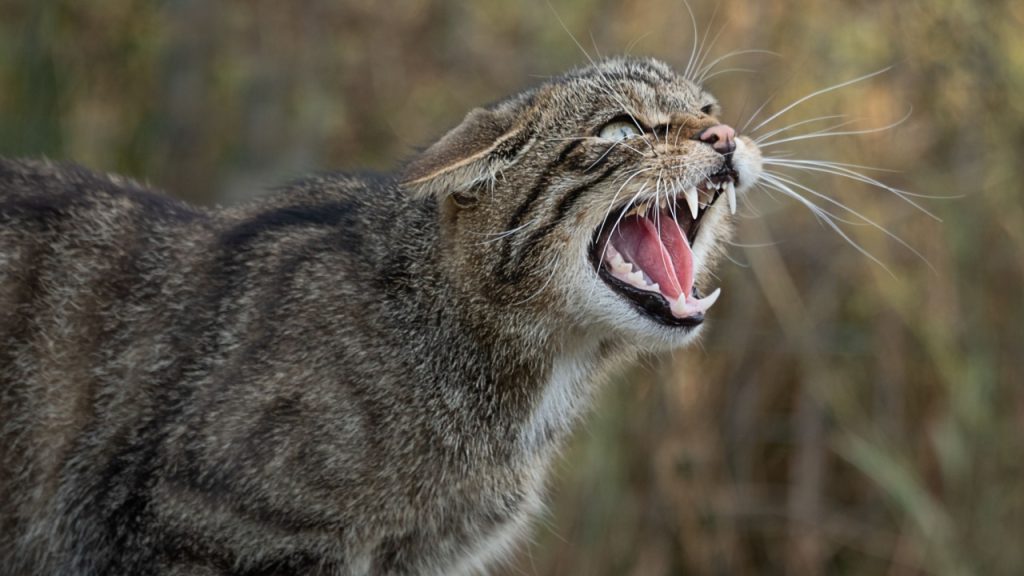
Often called the “Tiger of the Highlands,” the Scottish wildcat is Britain’s only remaining native feline. These elusive predators resemble tabby cats but are larger and more muscular. Habitat loss and interbreeding with domestic cats have pushed Scottish wildcats to the brink of extinction. With fewer than 400 individuals left in the wild, conservationists are working tirelessly to save this fierce and independent species from disappearing forever.
Natterjack Toad
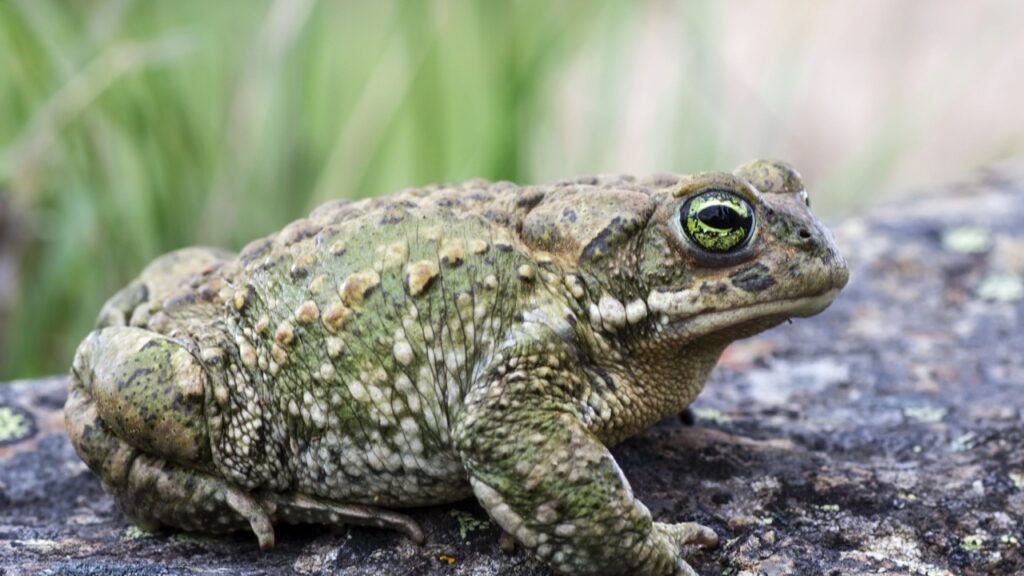
The natterjack toad is a small amphibian with a distinctive yellow stripe down its back. Unlike other British toads, it runs rather than hops, earning it the nickname “running toad.” These vocal creatures were once widespread across the UK but have suffered dramatic declines due to habitat loss. Today, they’re found in only a handful of coastal areas and heathlands, where conservationists are creating special breeding ponds to help boost their numbers.
Large Blue Butterfly
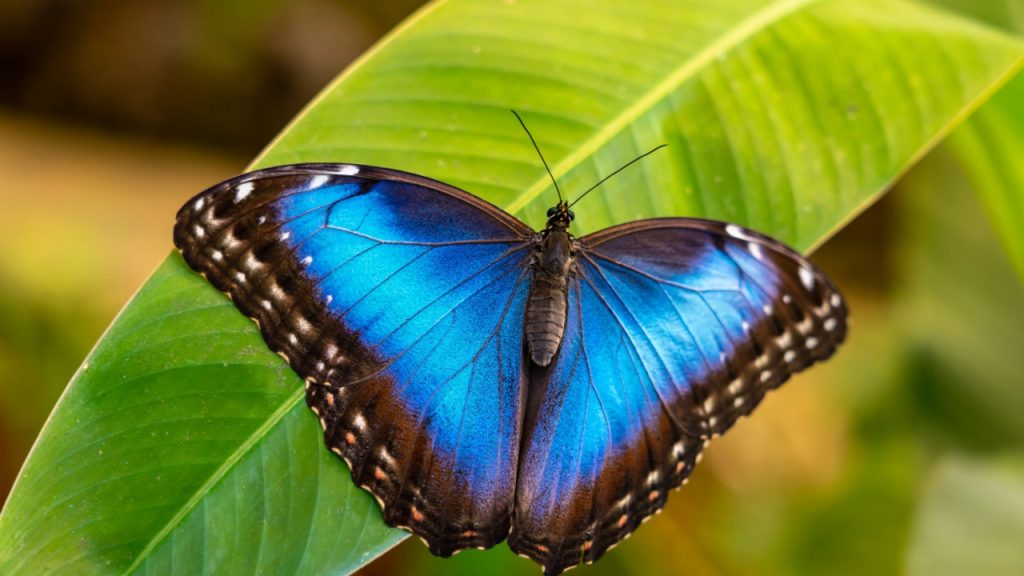
The large blue butterfly is a stunning insect with vibrant blue wings. It has a fascinating life cycle that depends on red ant colonies for its survival. This butterfly became extinct in Britain in 1979 but was successfully reintroduced in the 1980s. Despite this conservation success, the large blue remains endangered and is limited to a few carefully managed sites in southern England, where its unique habitat needs are met.
Water Vole
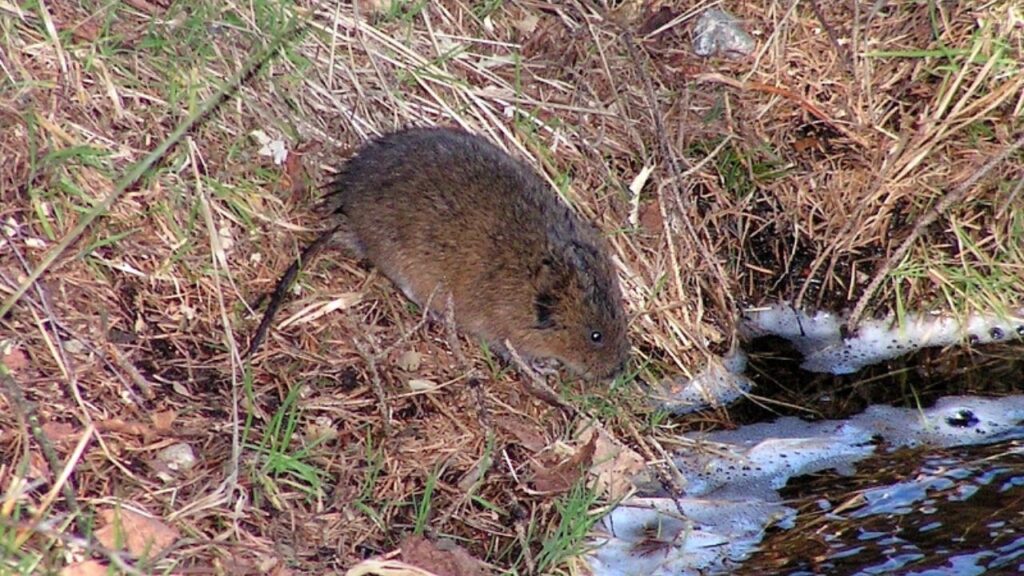
Often mistaken for a rat, the water vole is a charming rodent that lives along river banks and wetlands. These creatures gained fame as the inspiration for the character Ratty in “The Wind in the Willows.” Habitat loss and predation by American mink have caused water vole populations to crash by over 90% since the 1970s. Conservation efforts are now focused on restoring their riverside habitats and controlling mink numbers to give these swimming mammals a fighting chance.
Hazel Dormouse
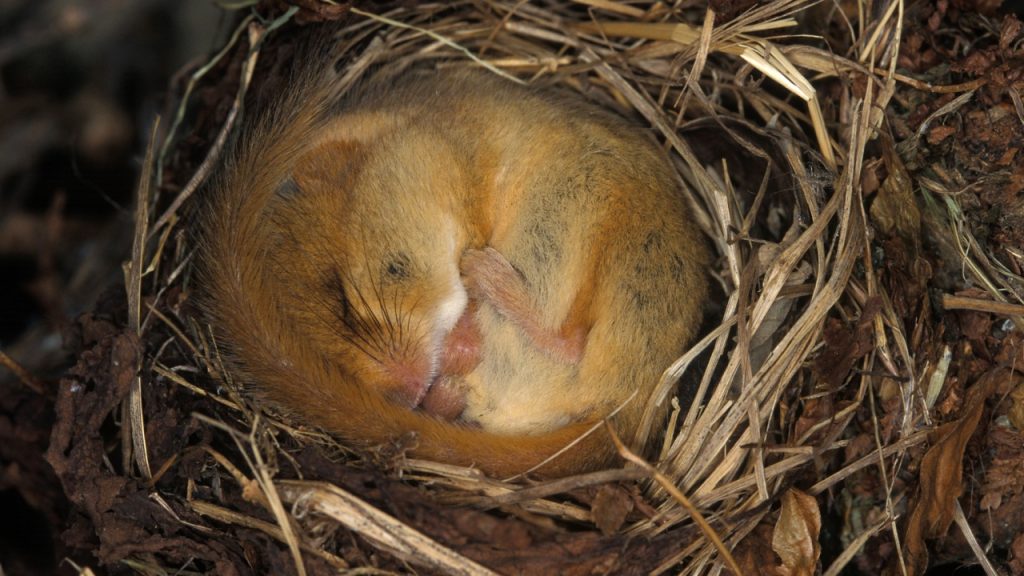
The hazel dormouse is a tiny, golden-brown rodent with large eyes and a furry tail. These nocturnal creatures are expert climbers, spending most of their lives in the treetops of woodland habitats. Dormice have very specific habitat requirements and are sensitive to changes in their environment. The loss of traditional woodland management practices and fragmentation of their habitats have led to significant declines in dormouse populations across the UK.
Pine Marten
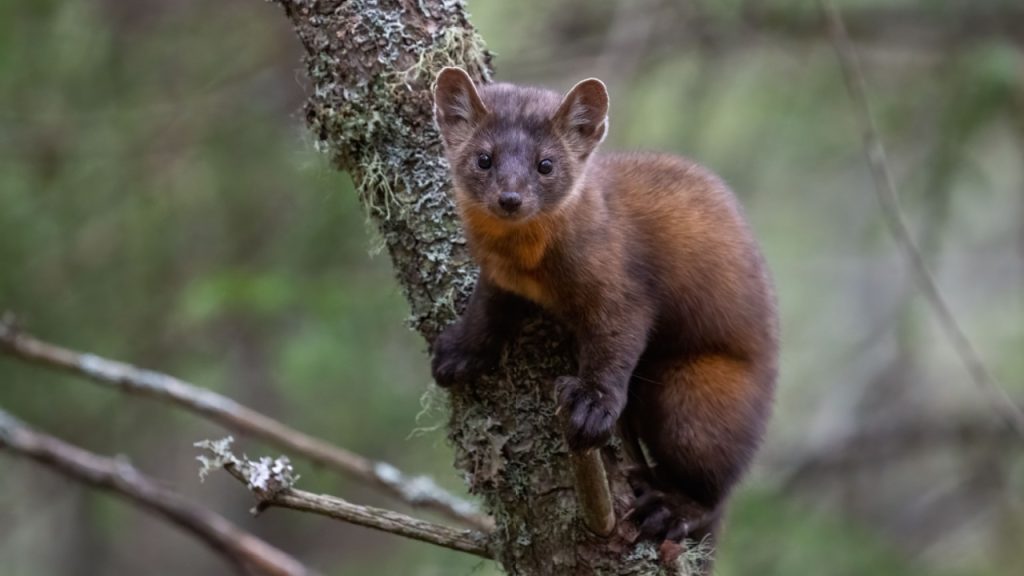
The pine marten is a sleek, cat-sized member of the weasel family. With its chocolate-brown fur and cream-colored bib, it’s one of Britain’s most attractive mammals. Once common across the UK, pine martens were heavily persecuted and are now mainly found in Scotland and small parts of northern England and Wales. Recent reintroduction efforts are helping these agile predators reclaim some of their former range, offering hope for their future.
Great Crested Newt
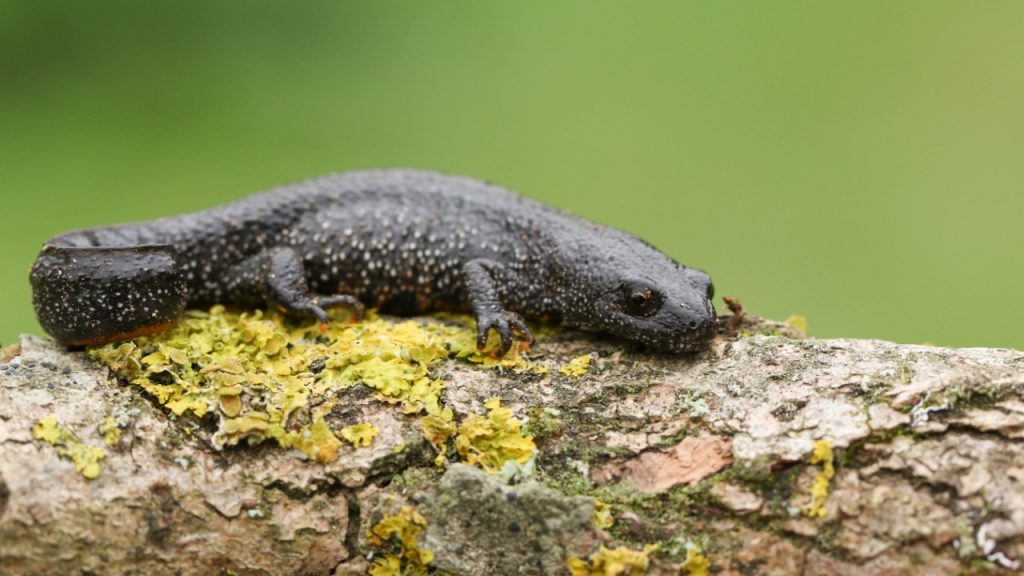
The great crested newt is the UK’s largest newt species, known for its warty skin and striking orange belly. During breeding season, males develop a jagged crest along their backs, giving them a prehistoric appearance. These amphibians have suffered significant declines due to loss of breeding ponds and suitable terrestrial habitats. Despite legal protection, great crested newts continue to face challenges from development and habitat fragmentation.
Freshwater Pearl Mussel
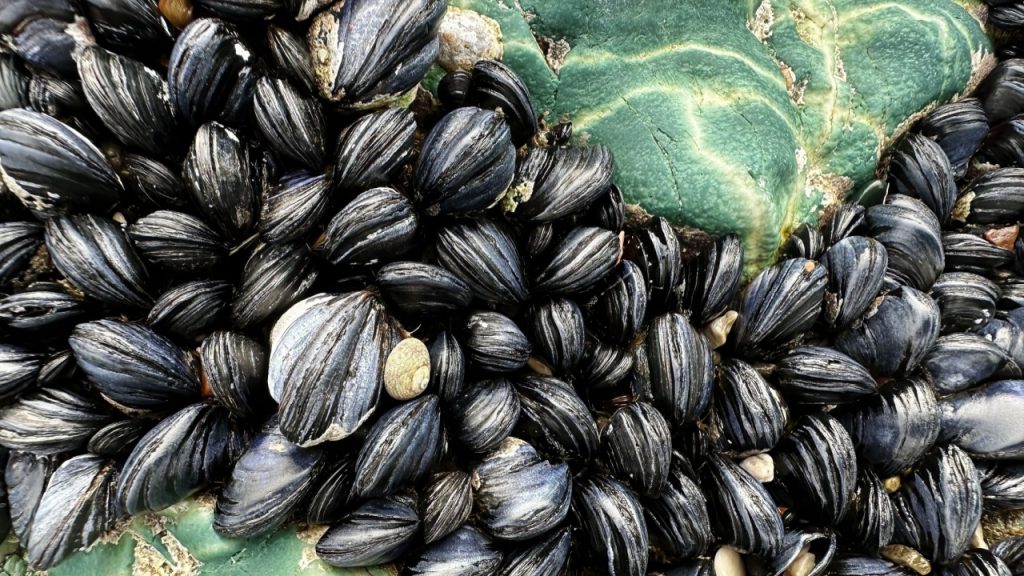
The freshwater pearl mussel is a long-lived mollusk found in clean, fast-flowing rivers. These remarkable creatures can live for over 100 years and play a crucial role in filtering river water. Historically overfished for their pearls, they now face threats from pollution, habitat degradation, and declining fish populations, which they rely on for part of their life cycle. With many populations no longer breeding successfully, urgent action is needed to save these important river dwellers.
White-Clawed Crayfish
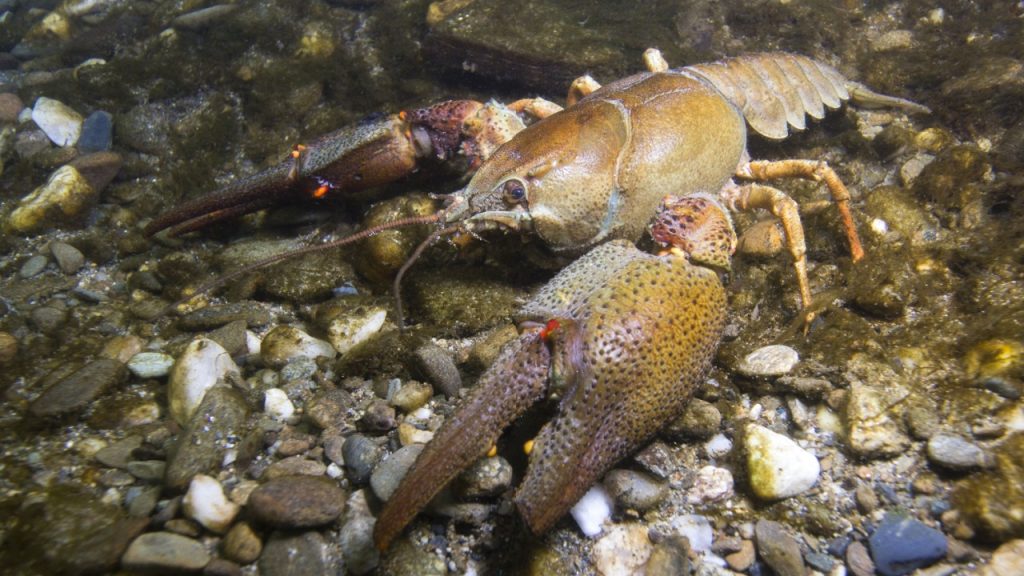
The white-clawed crayfish is the UK’s only native crayfish species. These small, lobster-like creatures play an important role in maintaining the health of river ecosystems. They’re under severe threat from a deadly plague carried by introduced American signal crayfish, as well as habitat loss and pollution. Now restricted to just a few river systems, conservation efforts focus on protecting remaining populations and establishing “ark sites” in isolated water bodies.
Turtle Dove
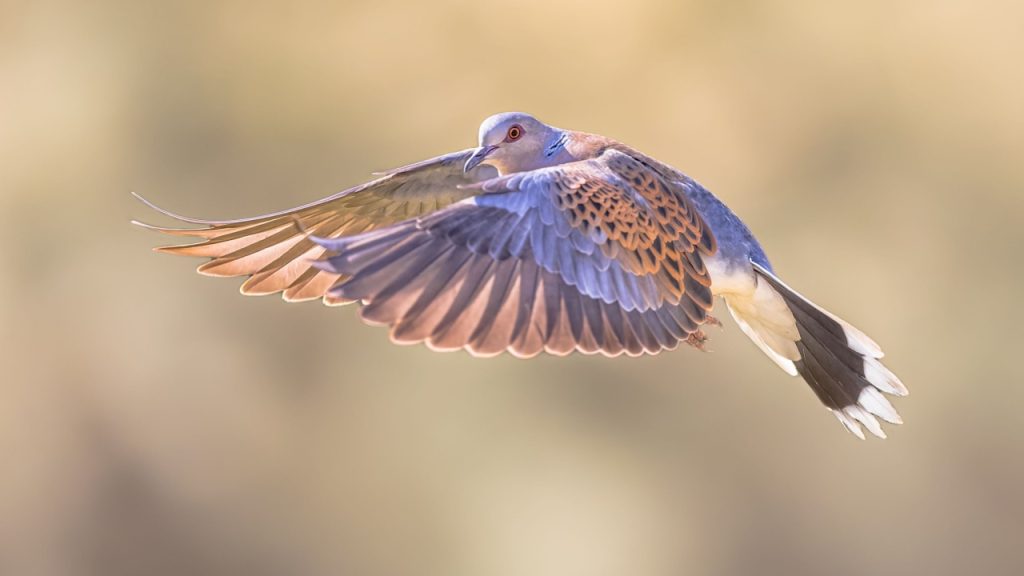
The turtle dove is a small, beautiful pigeon known for its gentle purring call. These summer visitors to the UK have seen one of the most dramatic declines of any British bird species, with numbers falling by 93% since 1994. Loss of suitable habitat, changes in farming practices, and hunting pressures on their migration routes have all contributed to their decline. Conservation efforts are now focused on creating better habitats and working with international partners to protect these birds throughout their range.
Hedgehog
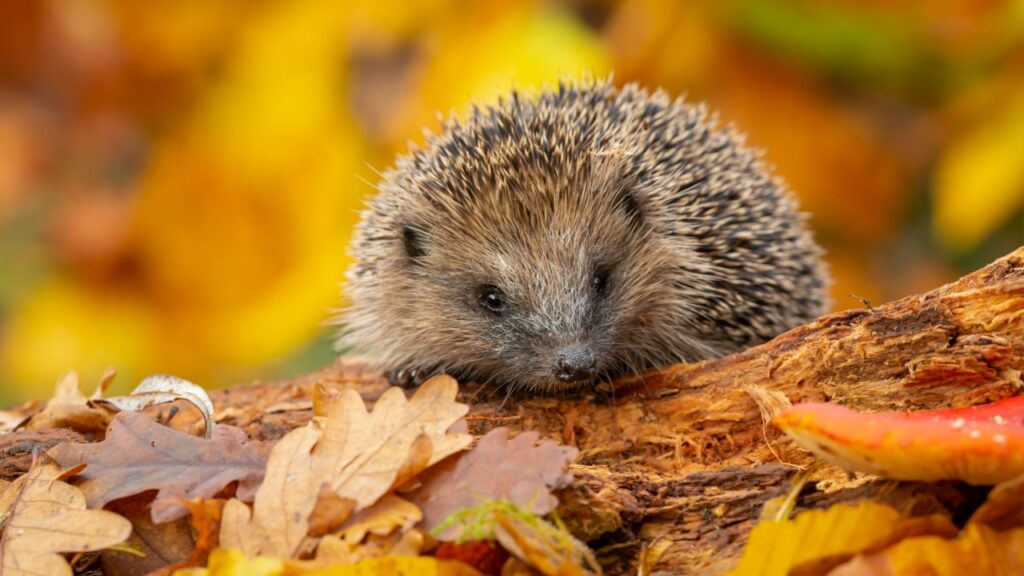
The hedgehog, with its spiny coat and snuffling nose, is one of Britain’s most beloved mammals. Once a common sight in gardens across the UK, hedgehog numbers have plummeted by up to 50% in rural areas since 2000. Loss of hedgerows, use of pesticides, and increased road traffic have all played a part in their decline. Garden owners are now being encouraged to create “hedgehog highways” and wildlife-friendly spaces to help these prickly creatures thrive once again.
Basking Shark
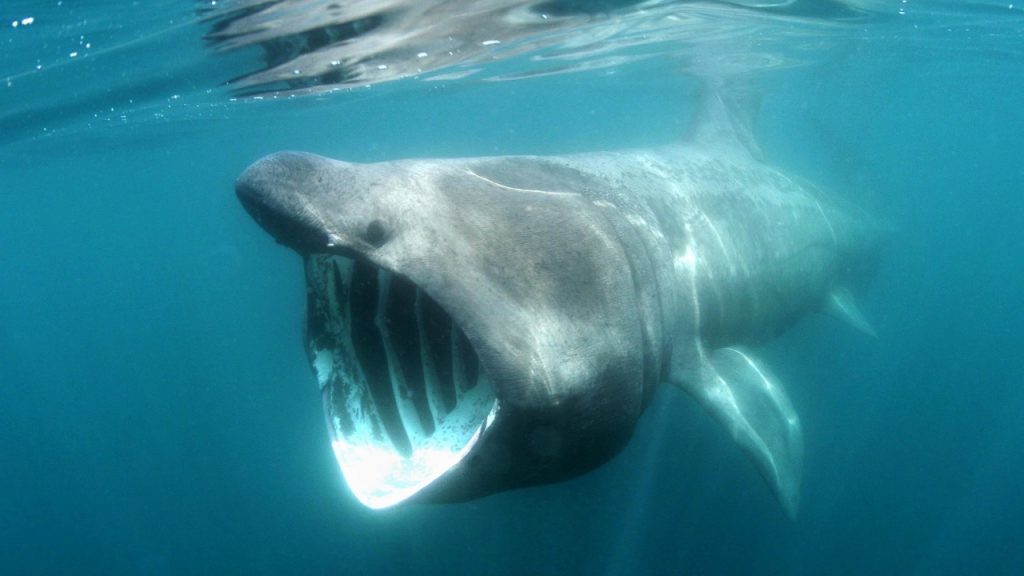
The basking shark, the second-largest fish in the world, is a gentle giant of UK waters. Despite their massive size, these sharks feed on tiny plankton, swimming slowly with their mouths wide open. Historically overfished for their liver oil, basking sharks now face threats from accidental entanglement in fishing gear and collisions with boats. With their slow growth and low reproduction rates, these magnificent creatures are struggling to recover from past exploitation.
Common Skate
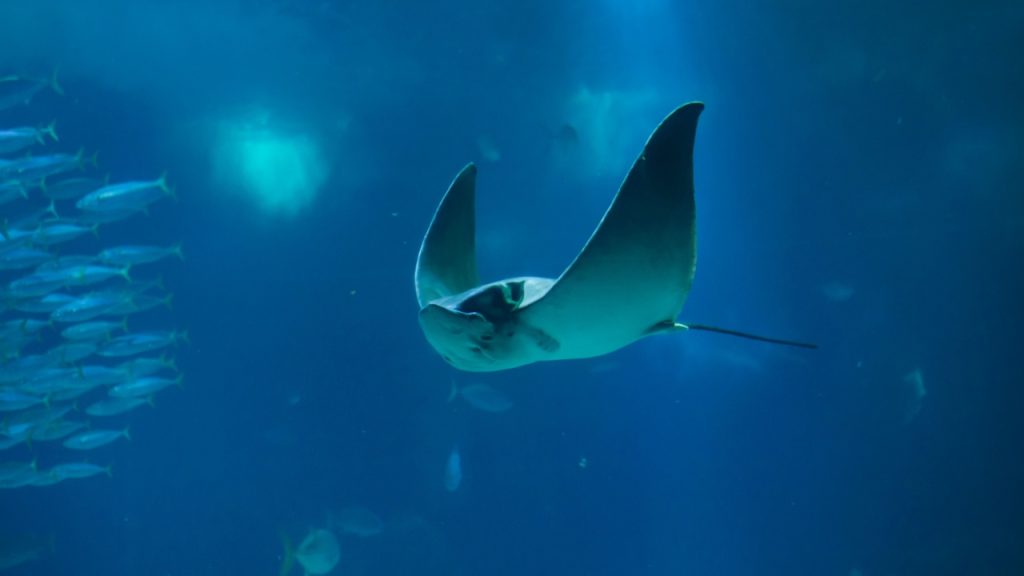
The common skate, despite its name, is now extremely rare in UK waters. This large species of ray can grow up to 2.5 meters in length and was once abundant around British coasts. Overfishing has decimated their populations, with the species now critically endangered. Common skates are particularly vulnerable due to their slow growth, late maturity, and low reproduction rates. Conservation efforts are focused on protecting the few remaining strongholds of this ancient fish species.
Nightingale
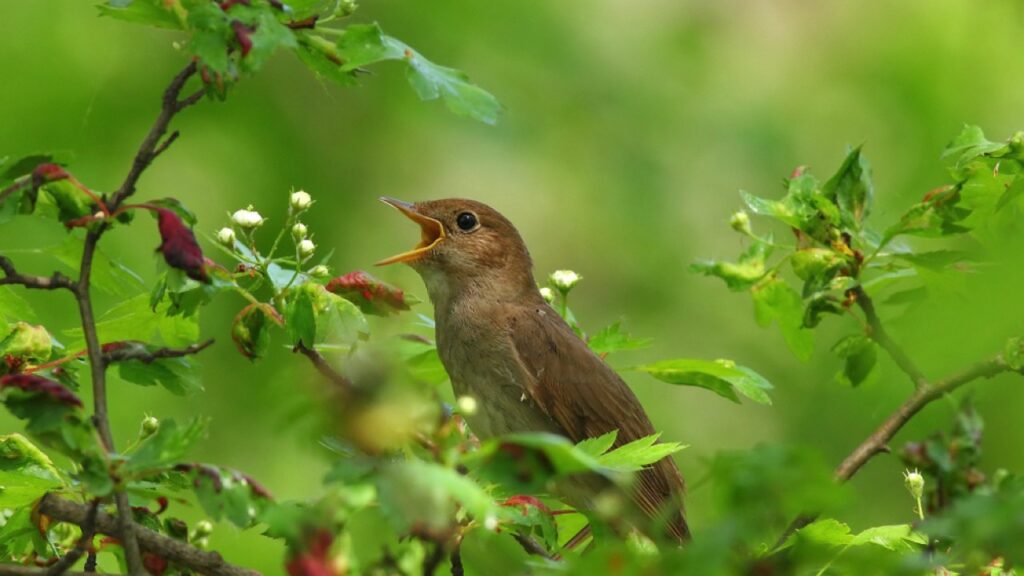
The nightingale, famed for its beautiful song, is a small migratory bird facing big troubles. These secretive birds return to the UK each spring to breed, favoring dense scrub and woodland. Habitat loss both in their breeding grounds and wintering areas in Africa has led to dramatic declines. Climate change is also affecting their migration patterns. Conservation work is underway to restore and create suitable habitats, giving hope that the nightingale’s song will continue to grace British summers.
Stag Beetle
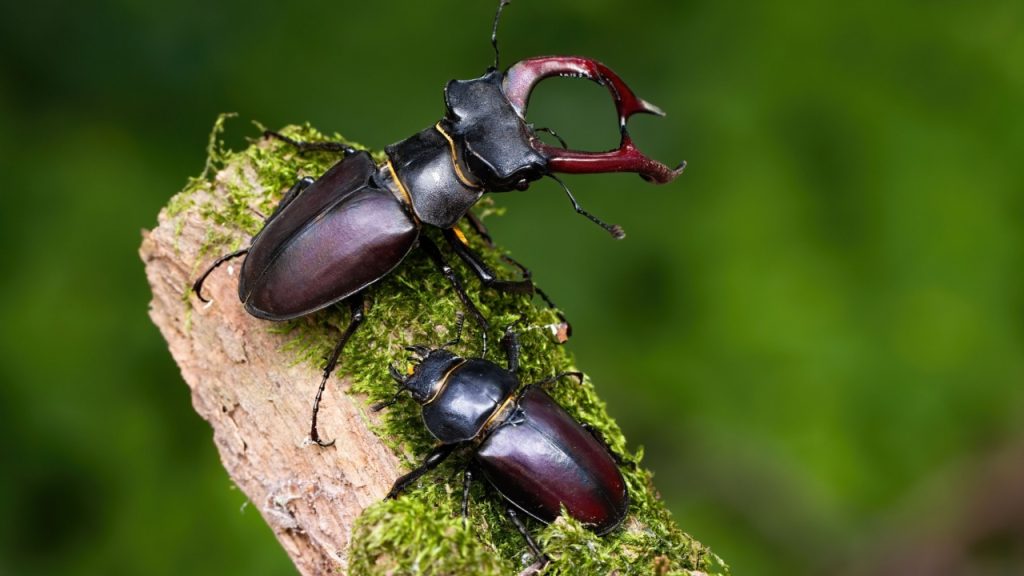
The stag beetle, Britain’s largest terrestrial beetle, is an impressive insect with male’s sporting large ‘antler-like’ jaws. These remarkable creatures spend most of their lives as larvae, living in decaying wood for up to seven years before emerging as adults. Loss of dead wood habitats, particularly in urban and suburban areas, has led to significant declines. Garden owners can help by leaving fallen wood in their gardens, creating vital habitats for these and other invertebrates.
Capercaillie
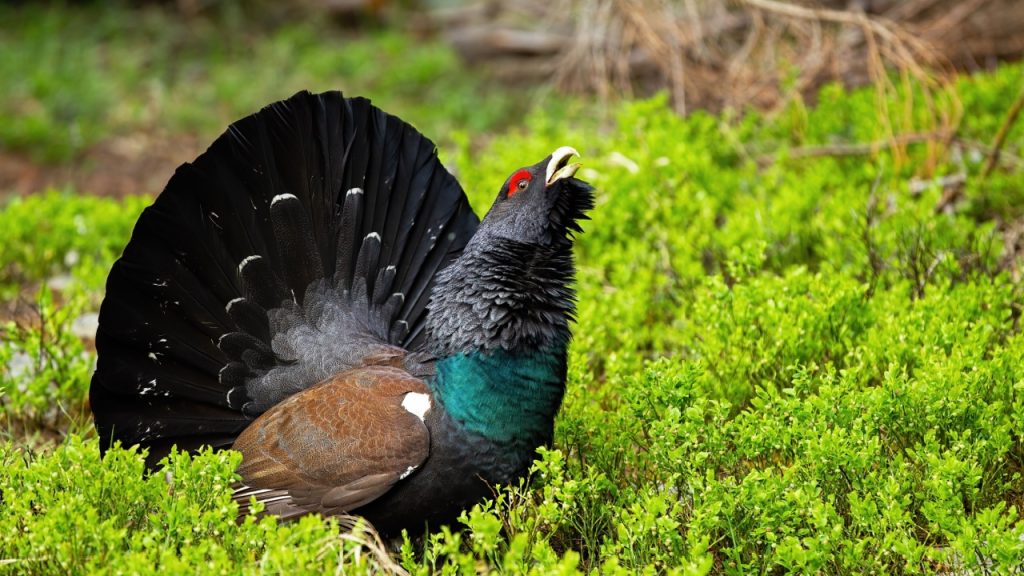
The capercaillie is a magnificent woodland grouse found in the Scottish Highlands. As large as a turkey, with males sporting glossy blue-black feathers, it’s the largest member of the grouse family. Habitat loss, deer fences, and climate change have pushed this bird to the brink of extinction in the UK. With fewer than 1,000 individuals left, conservationists are racing to protect and restore the ancient Caledonian pine forests these birds call home.
Red-Billed Chough
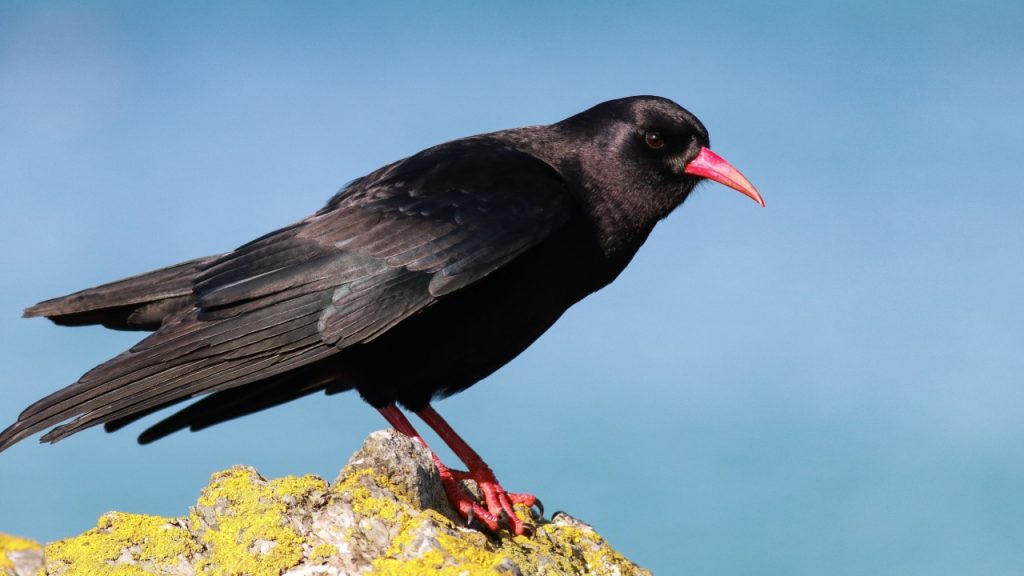
The red-billed chough is a striking member of the crow family, easily recognized by its glossy black feathers and bright red bill and legs. These acrobatic flyers are found mainly in coastal areas of Wales, Scotland, and Cornwall, where they nest on cliff faces. Habitat loss and changes in farming practices have led to significant declines in chough populations. Conservation efforts now focus on working with farmers to create suitable feeding grounds for these charismatic birds.
Eurasian Beaver
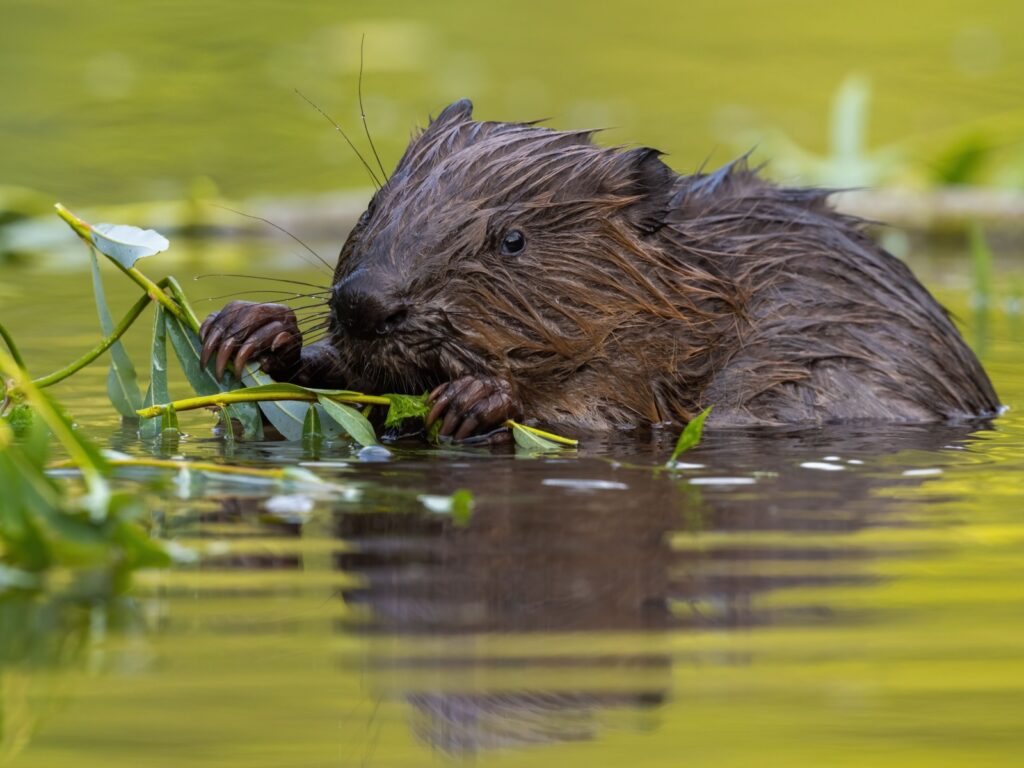
The Eurasian beaver, once common across Britain, was hunted to extinction in the 16th century. Recently reintroduced in parts of Scotland and England, these industrious rodents are master ecosystem engineers. Beavers create wetlands that benefit a wide range of wildlife, but their populations remain small and fragmented. As they slowly reclaim their former habitats, conservationists are working to manage conflicts with landowners and ensure these animals have a secure future in the UK.
Atlantic Salmon
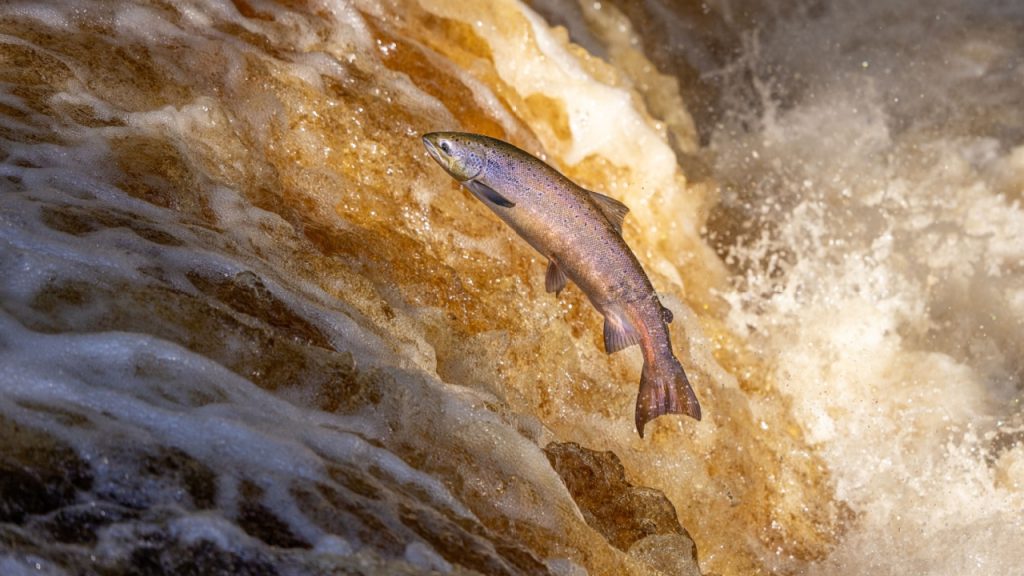
The Atlantic salmon, known for its incredible journey from river to sea and back again, faces significant challenges in UK waters. Overfishing, pollution, and obstacles in rivers preventing migration have led to dramatic declines in salmon populations. These iconic fish play a crucial role in river ecosystems and support important fisheries. Conservation efforts focus on improving water quality, removing barriers to migration, and sustainable management of salmon stocks.

